SousVide Supreme
Our experiments with the French slow-cooker reinvented for home kitchens

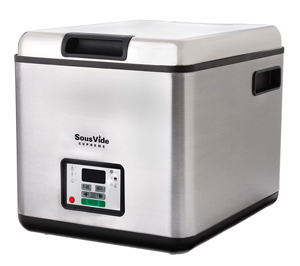
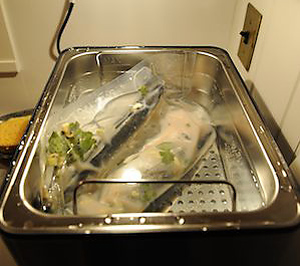
Most people already familiar with boil-in-bag cooking—where you plop a bag of frozen or pre-cooked food into a pot of boiling water—will easily grasp the concept of Sous-vide. Literally translated in French, the term means “under vacuum,” and the method refines the simple concept by slowly cooking seasoned, vacuum-sealed foods in warm water at very precise temperatures. Therein lies the art and science of sous-vide; obtaining and controlling the temperature of a water bath for long periods of time (up until now) required much larger and much more expensive professional equipment. Sure, you can try this at home with basic tools, but it’s very challenging to achieve a degree-specific temperature and to hold it for hours at a time with make-shift equipment.
The invention of sous-vide cooking, credited to Chef Georges Pralus, dates to 1974 when, as the chef of Restaurant Troisgros in Rouanne, France, Pralus discovered that cooking fois gras sous-vide preserved its color and texture. His efforts, along with those of Bruno Goussault, created the standards for the temperatures and times required to cook various foods sous-vide, and the two have spent much of their careers since educating chefs around the world about the technique.
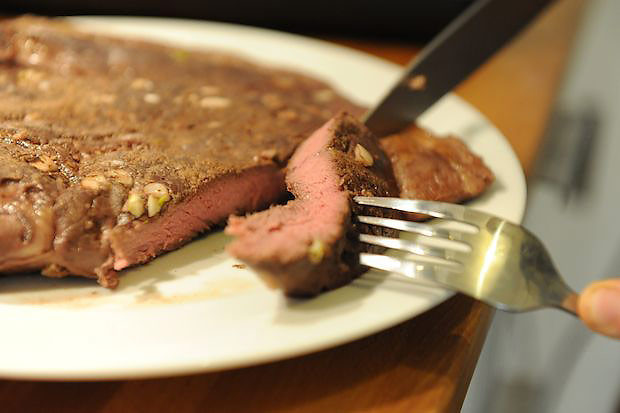
Benefits of sous-vide are simple and rather anticlimactic. Cooking slow at optimally low temperatures ensures that it never gets overcooked. Once the food reaches the temperature of the water, it can remain in the waterbath without overcooking. The slowness creates fully cooked food at sometimes surprising textures. Food cooks only in its own juices, retaining nutrients and enhancing both natural flavors and the intensity of any added seasonings.
The SousVide Supreme, the first sous vide cooking appliance marketed for home use, can also certainly be used on a small scale in a professional kitchen. Testing one of the devices for the past week has impressed us with how easy it is to use and how tasty our test meals have been. Cooking with the machine is as simple as filling it with water and setting the temperature (and timer if you need it). Put the pouches in the water. Wait until done. To clean up, empty out the water and dry.
We cooked eggs multiple ways, steak, Branzino and Salmon. Creating creamy soft boiled eggs took 60 minutes at 146°. (Whole eggs cook in the machine without vacuum sealing.) Scrambled eggs that had a custard-like texture required 25 minutes at 167° and a few squeezes along the way to break up the eggs as they firmed. The salmon cooked to perfection in 40 minutes, the steak took two hours at 140°, resulting in a perfectly cooked medium rare, unbelievably tender piece of meat. The best meal was our whole Branzino, which we seasoned with lemongrass, ginger, garlic and coconut milk. (See the photo below.)
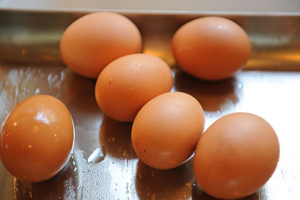
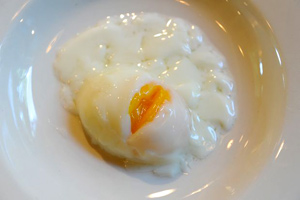
While sous-vide eliminates the need to stir or monitor meals-in-the-making (with eggs as an exception to the time rule, as their three-part protein structure requires exact timing to achieve desired results), setting the temperature to the precisely accurate degree is important. All temps are kept below boiling, but the difference of a few degrees can affect the overall outcome. Though written for the professional kitchen, Chef Thomas Keller’s Under Pressure cookbook offers great insight on how to achieve the best results for each type of food. We also found the recipes on the SousVide Supreme site to offer some guidance, and multiple blogs cater to sous-vide enthusiasts. (We recommend SousVideCooking.org.)
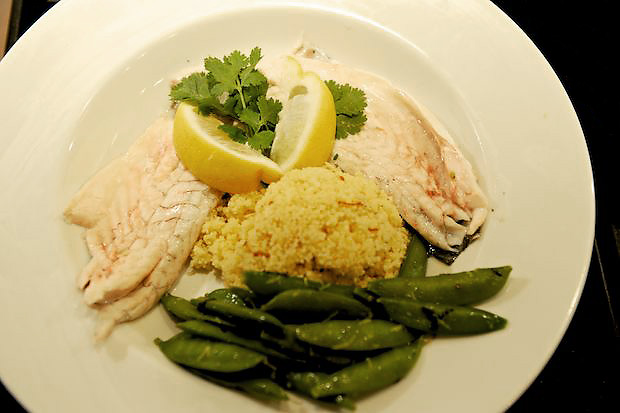
For amateur and experienced home cooks alike, the SousVide Supreme makes an awesome tool for experimentation and rounding out your kitchen tricks. It sells online and at Sur la Table for $450.












